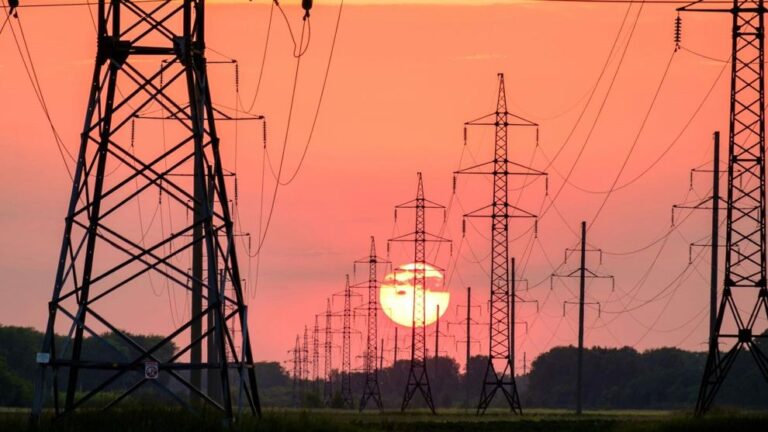(The Center Square) – Louisiana’s new Task Force on Energy Infrastructure and Modernization held its first meeting Monday, kicking off what members called a critical effort to plan for the state’s long-term power needs as demand rises from data centers and other large-scale economic development projects.
“In the past, we’ve never really had a plan,” said Senate President Cameron Henry, R-Metarie. “Our economic development opportunities – not only in north Louisiana, but in south Louisiana as well – are dependent upon having reliable power. We can’t have all of our projects be beholden to or held up by whether utilities can meet demand. That’s not fair to the taxpayers of Louisiana.”
Members stressed that the state’s aging infrastructure is not fully prepared for the growth that is coming.
“Power is something we never thought we’d run out of, but now we’re seeing the demand,” Henry said. “We’re going to work with utilities and regulators, not compete with them, to figure out the best way to improve our grid and supply power for residents and businesses.”
The meeting included the election of Sen. Beth Mizell, R-Franklinton, as chair and a presentation on the state’s “Drive Initiative,” which will reorganize the Department of Energy and Natural Resources to better coordinate with the Louisiana Public Service Commission and attract federal funding for grid and power studies.
“We’ve changed our Office of Energy into a standalone office within the department,” Dustin Davidson, an energy department official, told the committee. “That allows us to partner with LPSC, universities, and even national labs to determine what the state’s energy mix should look like going forward.”
The Department of Energy and Natural Resources will soon be renamed the Department of Conservation and Energy.
Economic development officials told the task force that more than 200 projects are currently in the pipeline and that “power is the chief concern of every single one of them.” Data centers, in particular, are demanding reliable electricity and large quantities of water, placing pressure on both grid and groundwater resources.
“We have a lot of data centers that are very interested in moving down to Louisiana,” Davidson said. “And that is a huge benefit that we have and we are working closely with LED. We have taken the initiative to try to identify those permits and those actions that are needed in order to make that process as smooth as possible.”
Members discussed solutions including natural gas generation, battery storage, potential nuclear projects, and better groundwater mapping to protect drinking water while still supplying new industry. They also reviewed the recent LPSC approval of several combined-cycle natural gas units with ratepayer protections and efforts to fast-track needed generation through MISO, the regional grid operator.
Industry representatives emphasized the need for flexibility in how the new generation is developed.
“If you can develop models that allow companies to purchase power without owning or leasing generation, that unlocks new opportunities to bring generation to Louisiana that isn’t just through the utilities,” said Randy Young, a partner at Kean Miller.
Kean Miller is a legal firm that defends and strategizes with major energy industries.
The task force plans to meet over the coming months to develop recommendations.

